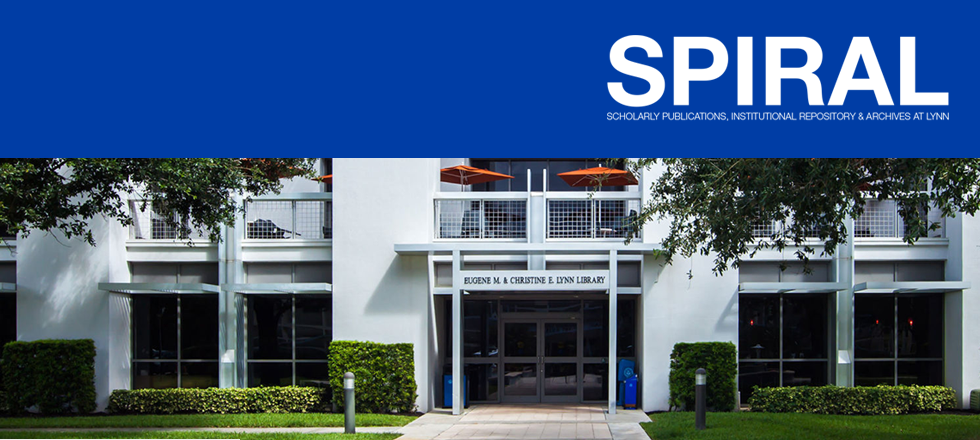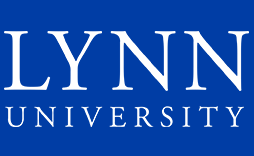CUREing Exposure to Environmental Chemicals from Personal Care Products
Document Type
Article
Publication Date
2020
Abstract
At smaller institutions, resources may present a barrier to providing quality undergraduate research experiences. Course-based undergraduate research experiences (CUREs) provide collaborative environments that foster engagement with the scientific process, while promoting iterative research through the process of discovery (Auchincloss et al., 2014). We implemented an intervention-based CURE project focused on reducing exposure to potentially harmful chemicals contained in personal care products. Exposure to compounds found in personal care products, such as phthalates, is common (Silva et al., 2004) and an emerging public health concern. The research-in-classroom component of this CURE consists of analysis of urine samples from nail polish wearers to determine changes in phthalate concentrations. For this project, outside participants are recruited by independent research assistants. Participants then take a survey on their personal care product use and demographics. They are then instructed on the procedure for providing urine samples: on day one of the study, participants provide a first morning void, and remove any nail polish they are wearing; they collect first morning void samples again on days three, five, and seven. Samples are stored until analysis. In a semester-long project in Organic Chemistry II laboratory, CURE student participants then conduct analysis of the urinary samples. First, students learn and practice principles of chemical extraction and detection and underlying chemical properties such as polarity, partitioning, and chromatography. They then are presented with the intervention study and are tasked with designing their own extraction method and hypothesizing whether changes, if any, would occur in urinary phthalates following the intervention. They follow-up with performing chemical extractions and high-performance liquid chromatography (HPLC) analysis of the extracted samples to detect urinary phthalates. Finally, they analyze the course results and present their ideas for future iterations of the research project during an in-class poster session. This CURE was implemented in Spring of 2019 in two sections of Organic Chemistry II lab. Students were assessed for content competency with content-focused examinations at the beginning, middle, and end of the course. They also took pre-course and post-course PITS surveys (Hanauer et al., 2016). The first 4 weeks exposed students to methods of extraction and detection through previously-designed cookbook-style experiments. In one class period, students were introduced to the intervention study then developed and presented their own hypotheses and methods. The following five weeks were dedicated to extraction and detection of specific phthalate metabolites. Afterwards, two weeks were allotted for designing and presenting a poster detailing their results, conclusions, and proposed future iteration of the intervention study. Twenty-nine participants were initially recruited from Organic Chemistry II lab, 26 of whom completed both the pre- and post-course survey. Participant’s mean age was 21 (range 19-29) and they were mostly graduating (65.5% were graduating in their third or fourth year). Backgrounds were diverse (31% white, 27.6% Hispanic, 31% black, 3.4% Asian, 3.4% other). Overall, based on PITS survey and our own open-ended questioning, we found that students: reported enjoying the CURE, recognized its real-world applications, significantly increased in Self Efficacy, had higher Networking and Project Ownership Content and Emotion scores, and requested to continue with the project. In the immediate future, we plan to continue performing the CURE in our Organic Chemistry II laboratory class to increase sample size, and thereby statistical power. In our next iteration, we plan to capitalize on our small class sizes and collect qualitative data through open-ended survey questions about students’ experiences. This CURE project lends itself to future iterative projects. Students with the best proposals are presented with the option for future individual research internships. By providing an in-the-classroom introduction to this research methodology, this CUREs-based introduction to research lowers the barrier to individual research internships; a highly valued experience for STEM students (Thiry et al., 2011).
Publication
Advances in Biology Laboratory Education (ABLE)
Publisher
Association for Biology Laboratory Education
Department
College of Arts and Sciences
Recommended Citation
Doctor, E. L., Lehman, M., & Korte, C. S. (2020). CUREing exposure to environmental chemicals from personal care products. Advances in Biology Laboratory Education (ABLE), 41. https://doi.org/10.37590/able.v41.extabs66


